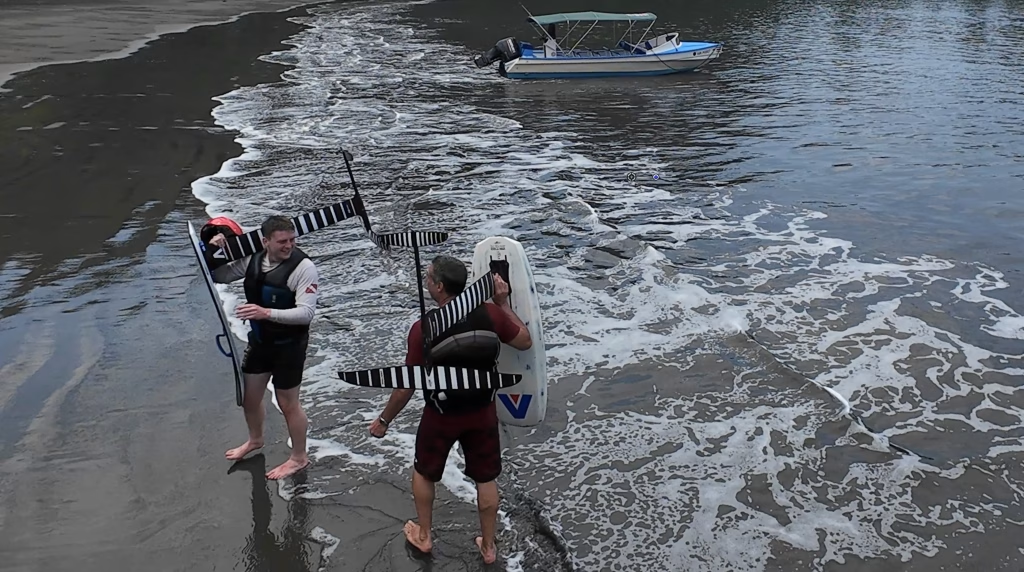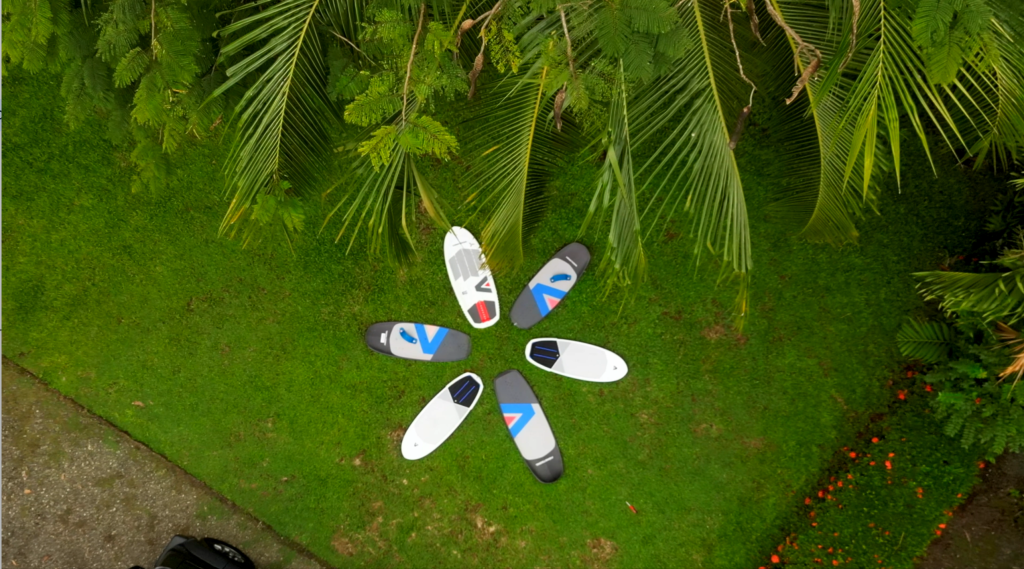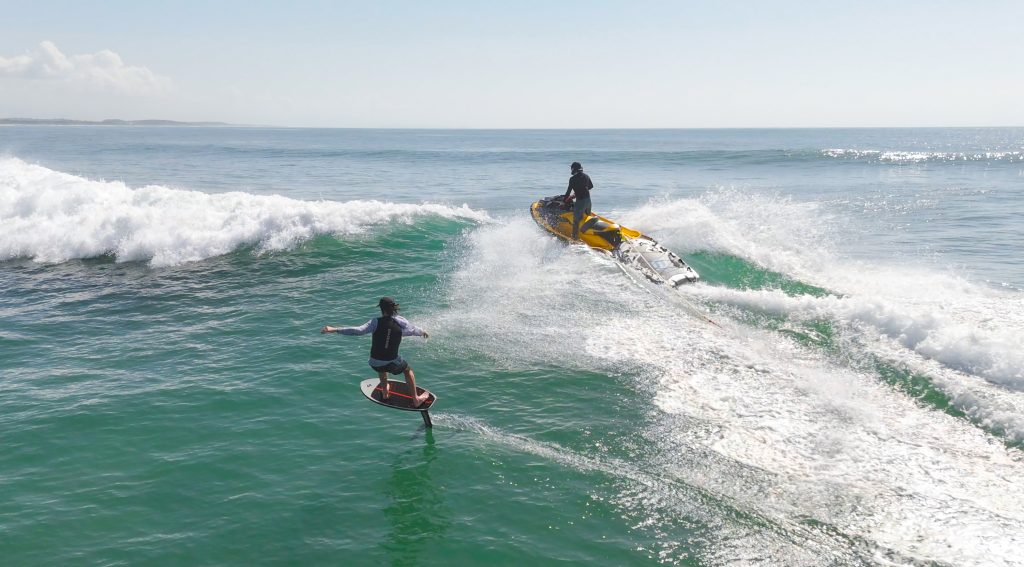
Introduction
80 to 90% of our guests who come to Tow Foil Surf here at Backcountry Foil Surfing in Costa Rica (foilsurfingexcursions.com) have already learned to wake Foil behind a powerboat. Learning to Wake Foil behind a Wake boat gives riders the perfect foundation of skills that transfer almost seamlessly into real waves.

Despite having that foundation of skills, the first time new Tow Foil riders are confronted with real surf they still typically get a little nervous. Standing on the beach and seeing head high, and overhead waves for a rider who previously thought a waist high boat wake was big, leaves the average rider wondering what have I gotten myself into here…
So if you’re considering transferring your boat riding skills into real surf, here are the three biggest differences you can look forward to.
#1.) Speed!
Your average speed behind a wake Boat is 10 to 12 mph or 16 to 19 kmph. When you begin foiling in larger surf Those speeds can easily double. Expert riders can even reach speeds up to 30 mph +

When you’re riding in the right environment with expert drivers and instruction. You can still gradually learn to ride faster. The expert drivers at Backcountry Foil Surfing know how to match new riders with waves that match their abilities. This allows the riders to slowly get familiar with those faster speeds. As they begin to get more comfortable, the driver will begin putting them in larger waves with steeper faces that generate significantly more speed.
#2.) Dynamic Waves
Learning to Foil surf behind a wake boat is great because the wake it’s completely consistent. It’s relatively easy to find the pocket and ride the wave without having to worry about it breaking or changing shapes. When you start riding in real surf, you have more freedom to explore different parts of a much larger wave. The wave can also change shapes and break or fade out.

One of the most common mistakes with new riders is dropping straight down the face of a wave and getting too far ahead of it, rather than traversing the wave and maintaining power as they ride with the wave.
#3.) Wing and Mast size
There’s a general rule of thumb regarding equipment when you transfer from wake riding into towing real surf. Typically you’re going to want a longer mast and a smaller wing.

The larger wings used for wake foiling are going to generate too much lift and have too much drag for a real surf. Simply put it’s going to be difficult to keep that larger wing below the water. High speeds & larger wings don’t mix. The lift generated from the larger wing at high speeds is going to push the wing to the surface of the water, causing it to breach and eventually get pushed out the face of the wave. The smaller wing will still generate, lots of lift, when riding at the higher speeds in the bigger waves. But you won’t be fighting to keep it below the surface of the water.
Bigger mast, offers two advantages in larger waves. #1.) It’s more forgiving because it has more travel. When you’re learning to foil at higher speeds it might be more difficult to maintain a consistent altitude, so having more room to travel up and down, creates more room for error as you learn to maintain a consistent altitude, riding and bigger waves #2.) The second advantage applies to texture the texture of the water. you’re riding in the ocean now there can be ripples on the water and chop on the surface of the wave. Writing mass will help you get over the chop without tripping you up.


